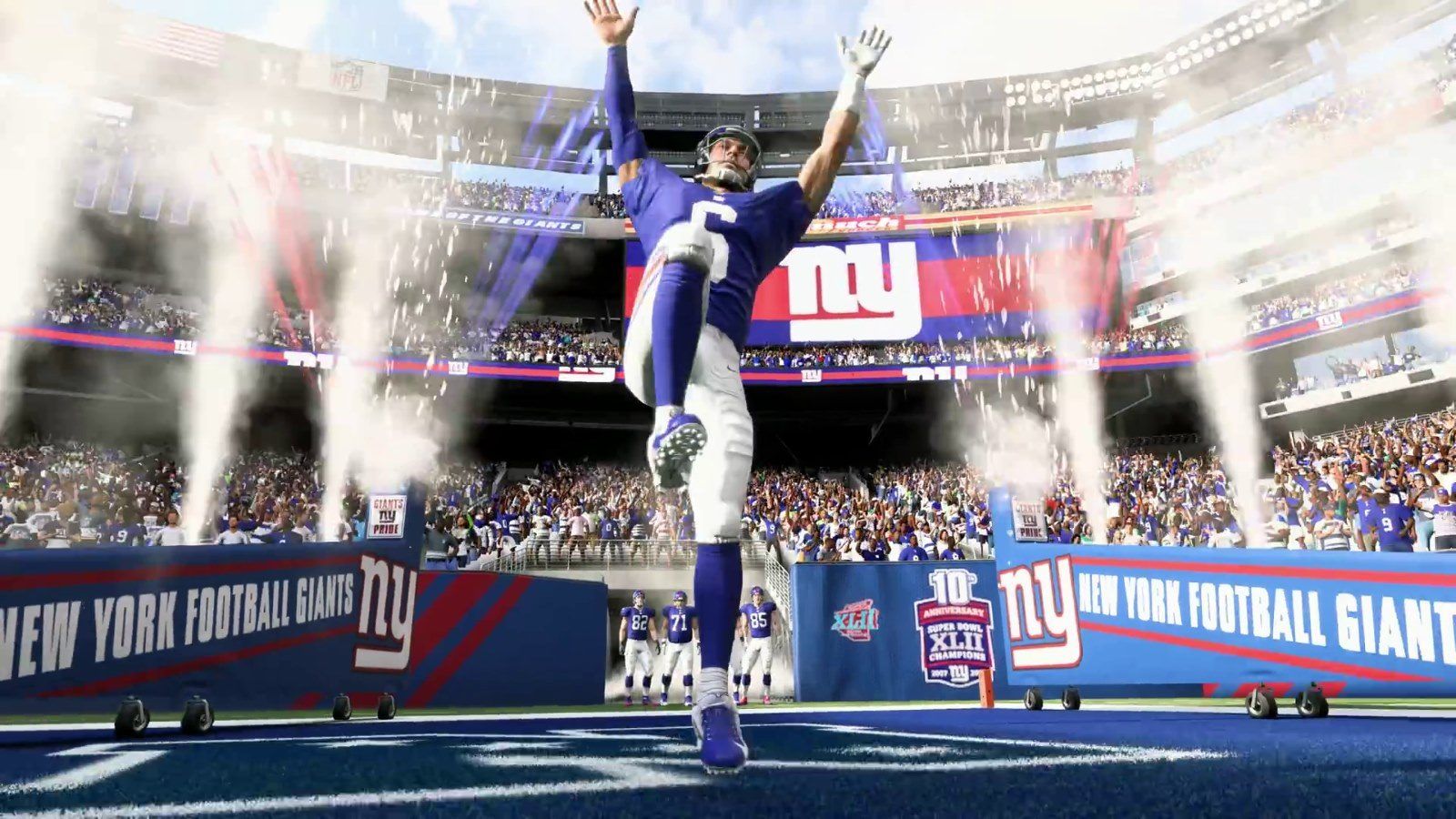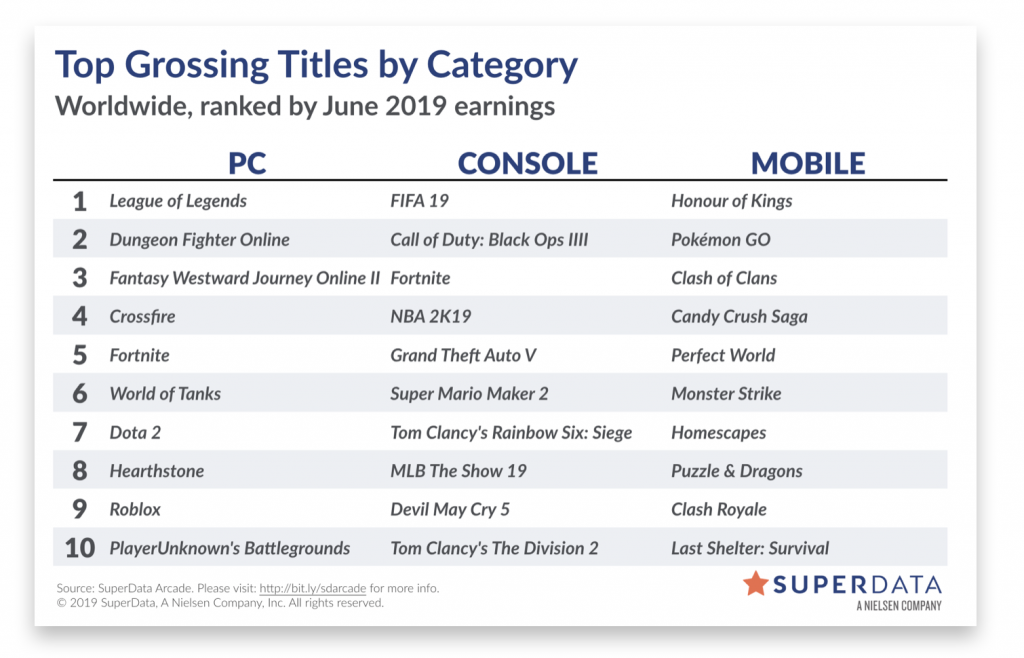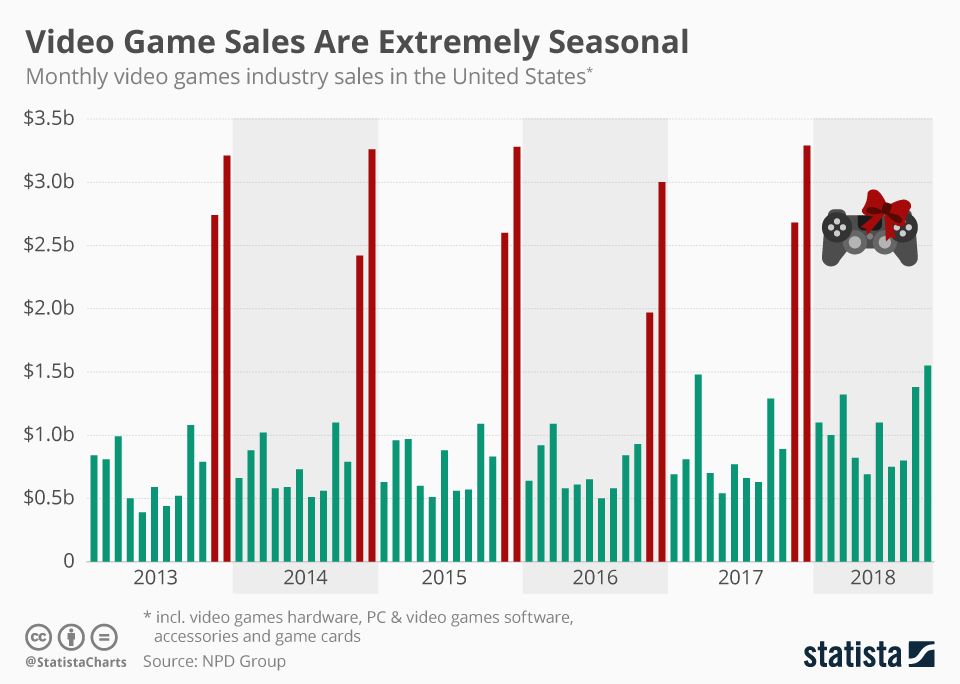The very first Madden video game was conceived in 1988, four years after the founder of Electronic Arts, Trip Hawkins, met with the famed Oakland Raiders coach, John Madden. Known then as John Madden Football, the game would live on to become one of the most important titles in pro sports gaming, amassing over $4 billion as a franchise. The name was officially changed in 1993 to Madden NFL, and every year since 1990, a new game has been released. Despite the upgrades, like enhanced graphics, online multiplayer, and a vast multitude of singleplayer modes, not much has changed. Yeah, so the cover changed and the players have been updated, but what about the fundamental game? It's all a question of fan convenience versus AAA game revenue.
A New Era
Annual releases are the backbone of EA games. FIFA, NHL, Madden, and Call of Duty all follow annual releases, making EA money at specific moments throughout the year, while also acquiring extra revenue on the side through microtransactions. In 2018, on software and microtransactions alone, the ESA estimates that the gaming industry made $35.8 billion. Electronic Arts thrives on annual releases because they can also market the game at higher prices for bundles, which do nothing more than give players in-game perks and extras, or often early access to online multiplayer modes. The annual release is a tried and true method, one that is slowly, but surely dying in the age of digital downloads. Nowadays, gamers tend to download their game straight to their console instead of buying discs, which is proof enough that not only is brick and mortar retail done for, but so too are conventional gaming retail practices.
'Tis The Season
Some of the most successful games in modern history are the ones that follow seasonal time frames, like Fortnite and Rocket League. A seasonal release model can be described as chapters throughout the year wherein the game is updated, oftentimes utilizing season passes. In certain cases, like Fortnite, it can be a complete makeover, adding new game dynamics, map locations, and weapons. What if Madden followed this very same structure? Granted, EA would never allow the game to go free-to-play, but a marketable price at intervals throughout the year would be an interesting model to investigate. So, go ahead, get your spy glasses and coffees ready, because we're about to dive into this mystery.
One of the most important facets of good publishing is knowing when to release your video game. Let's look at Fortnite's example. It tends to follow an average two-month seasonal release cycle. The game also uses microtransactions, which brings in most of the game's profits, but realistically, you don't have to pay anything to play its Battle Royale mode. Now, let's apply this model to Madden NFL, add a dash of gamer math and creativity, then see what we can come up with.
Following the Fortnite route, if EA released Madden NFL seasonally, it could look like a Netflix subscription plan (because EA isn't going to downsize profits and make it free-to-play). It would most likely involve paying $15 every 3 months, in which time the game would also be updated with new rosters and features. You're still paying for a $60 game, only it's getting a facelift more often than usual. Sales in the industry show that games are being bought more on seasonal time frames over annual releases. EA could also add incentives for extra money, like season passes with rewards, for instance, beta access to online multiplayer features, or even superstar player cards. What with Madden 19 being hit last year with some heavy accusations (being coined on Reddit as "Micro Transaction 19"), and with the backlash from the release of Star Wars: Battlefront II, EA is already on thin ice when it comes to that frontier, so it should be careful how it utilizes microtransactions in the future.
When Pigs Fly
Though it may be more optimal, it's highly unlikely that EA would change the franchise's release schedule, a method they have used for years. Beyond confusing the long-time player base, some of whom have never played Fortnite, it's more financially viable for them to follow an annual release. It's one of EA's most important and successful franchises, as John Gaudiosi says in his CNN article:
"Madden plays an important role in EA's library of annual releases."
Alongside FIFA and Call of Duty, Madden is EA's easy cash-grab, because there's little—if any—competition. With annual releases, EA can also push the envelope even further by selling three different priced editions, the Standard ($60), the Superstar ($80), and the Ultimate Superstar ($100). Though, with a $5 discount on The Sims 4, EA has sought to investigate the seasonal release schedule in lieu of colossal sales. It's clear that EA is open to the idea, but is it worth it?
I believe adding a whole new element to the Madden release might invigorate the product, while also rewarding less fortunate individuals with the ability to play the game. Triple-A studios are killing the industry by ignoring fan service and quickly making games for profit, rather than creative value. If the release schedule worked like a Netflix subscription, worth anywhere from $15-$30 on a reasonable time frame, anyone would be able to play. The seasonal updates could also be used in tandem with live NFL events during the season, which would be a huge hit.
Alas, EA would never adopt a release schedule such as this for one of its most prized gaming IPs. It would definitely better the game's reception since little gets changed each year, updates on a tri-monthly schedule would help to balance gameplay and challenge players. It would be a completely different video game, but EA doesn't want to change anything but last year's profit margin.
Heading into the future, the gaming world is sure to adapt to these new concepts in interesting ways. Who knows, maybe Madden 35 might surprise us.



